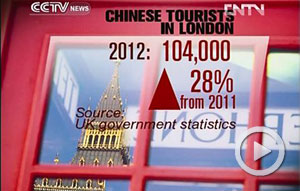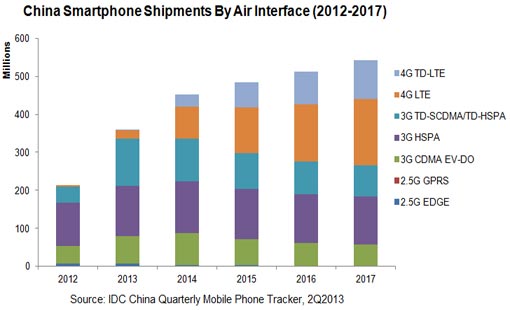Southern Grid's overseas growth is electric
Updated: 2013-11-19 07:49CSPG is already exporting electricity to Vietnam, Laos and Myanmar.
In September 2004, the grid operator began delivering electricity to Vietnam via six transmission lines, accounting for 5 percent of Vietnam's total power consumption.
As of the end of the last year, China had delivered 24.9 billion kilowatt-hours of power to Vietnam, aiding its economic development.
But Vietnam is still short of electricity. In the past 10 years, the country's economy has grown 5 to 7 percent annually, more than in prior years, causing big power shortfalls.
According to the government of Vietnam, the power shortage will reach 2.7 billion kwh in 2018.
Soaring electricity demand has burdened the power transmission lines in Vietnam, so the government is considering building new power plants.
"Capital and technology are the two obstacles to the development of Vietnam's power industry," said Dai Bing, a senior energy analyst at JYD Online Corp, a Beijing-based bulk commodity consultancy.
"The domestic companies (there) don't have the ability to invest in such huge projects, so it means introducing foreign investment is the best choice."
Investing in power plants in Southeast Asia is a good choice for Chinese companies, he said.
"China's economic growth is slowing, and the government is stressing alternative energy source. Together, that's meant relatively stable rates of increase in power demand in China.
"With a saturated power market in China, companies need to find new growth points," Dai said.
"Countries in Southeast Asia, which have growing power shortages, are a good choice for Chinese companies to make such investments."
In addition to being geographically near, those countries offer other advantages for Chinese investors as well. Their governments welcome power projects, so investments easily win approval, said Dai.
More important, because of the low consumption levels in these countries, the costs of raw materials such as coal and water are low, he said.
"Compared with China's domestic power plants, it's profitable to invest in hydropower plants and coal-fired power plants in many Southeast Asian countries because of the low prices of water and coal," he said.
Four days after CSPG won the deal in Vietnam, it signed an agreement in Laos to build five electricity transmission lines and four transformer substations. Construction is to start by the end of 2015.
CSPG has been delivering electricity to Laos for 10 years, working with local company Luang Namtha Power Co.
Singshamouth, deputy director of the Luang Namtha Furniture Wood Processing Factory, which was founded in 1990, said that diesel power generators could only support two workers at the very beginning. Since 2003, thanks to electricity imported from China, the company has grown. It now has 35 workers, and output is growing by 10 percent annually.
Yunnan Power Grid Corp, a subsidiary of CSPG, is based just over the border from Laos. It was supplying power to the Southeast Asian country even earlier, starting in 2001.







